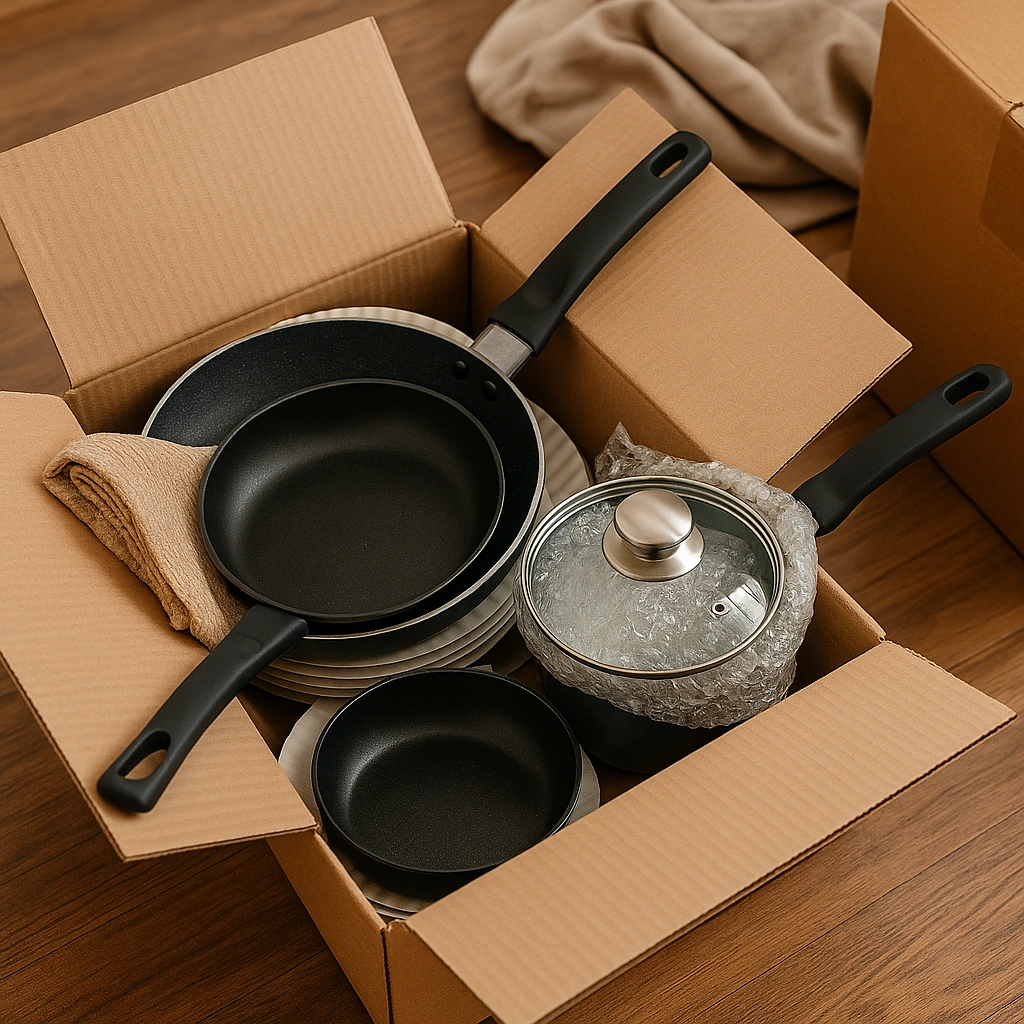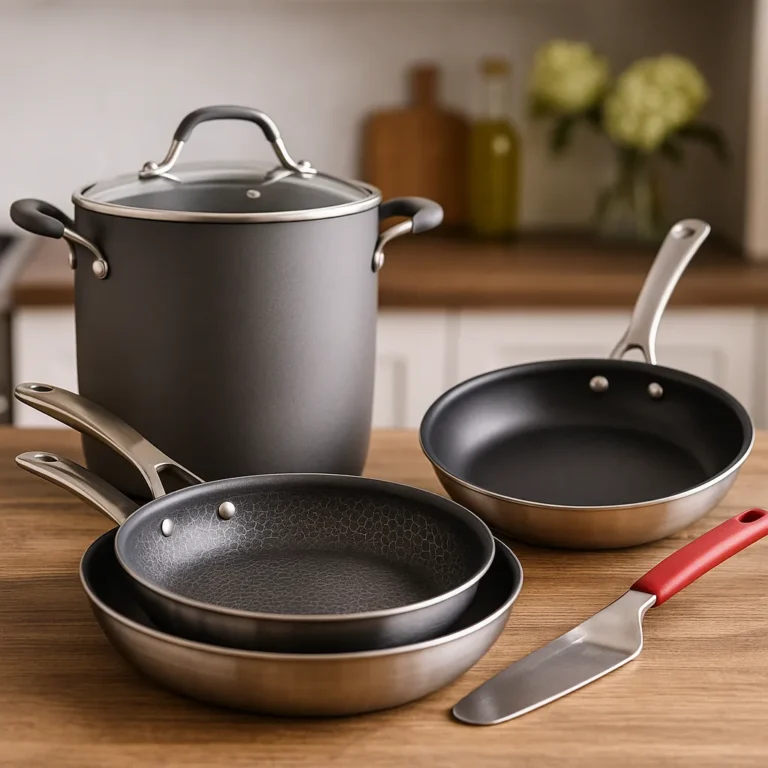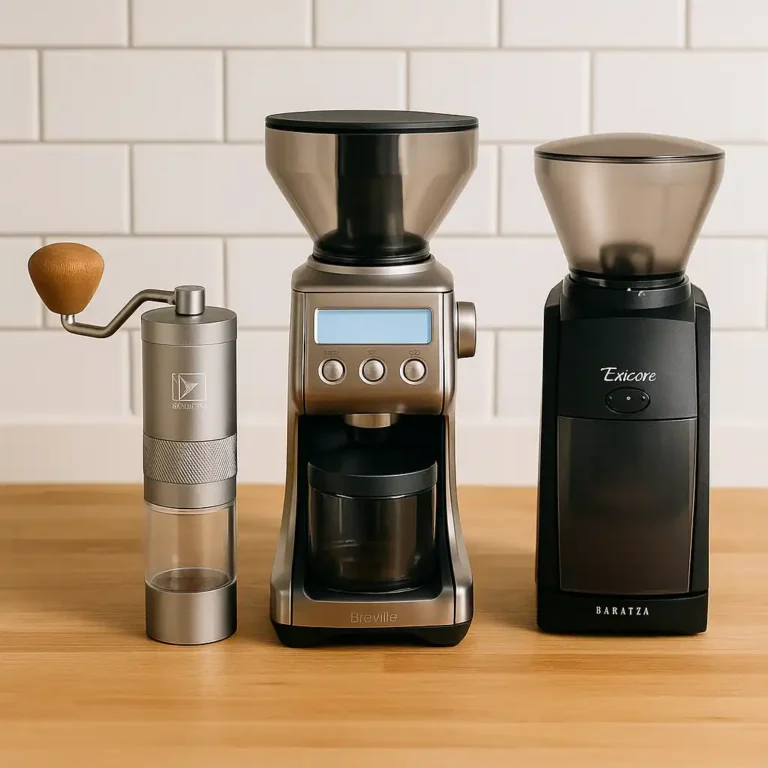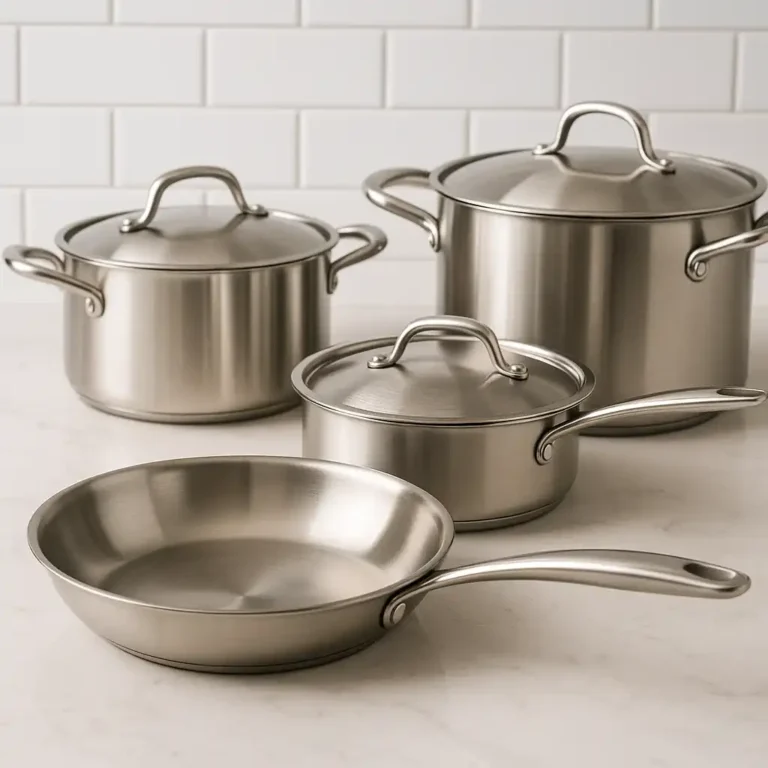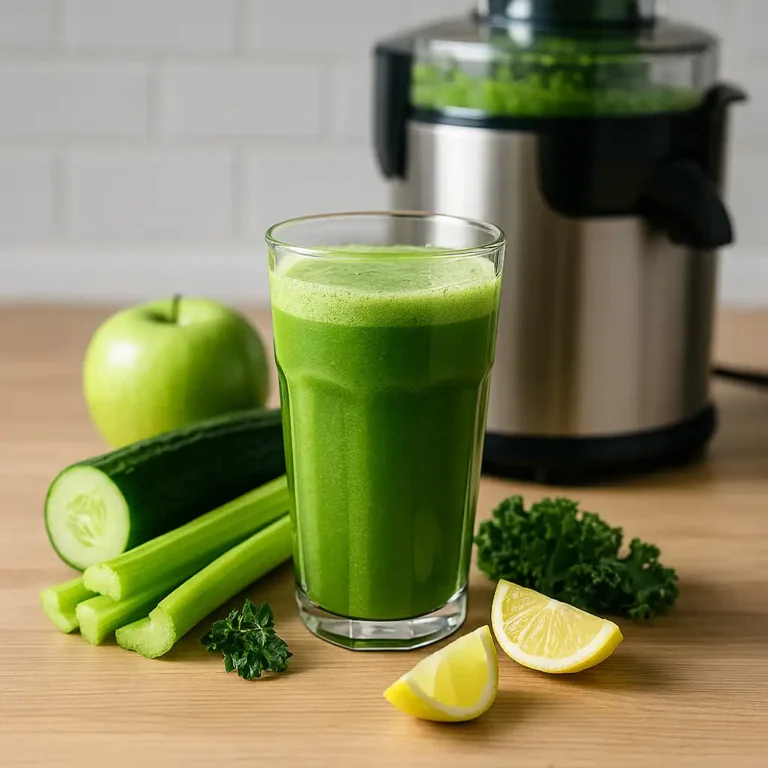How to Pack Pots and Pans When Moving Without Damaging Them
Packing up your kitchen is one of the trickiest parts of moving, especially when it comes to bulky, fragile cookware. Pots and pans take up space, they’re oddly shaped, and if not packed properly, they can scratch, dent, or even crack. Luckily, a little prep can go a long way in keeping your cookware in good shape and your move less stressful.
Here’s how to wrap, stack, and box your pans like a pro so they’re ready to use as soon as you settle in.
Stack Carefully and Add Padding Between Pans
Stacking your cookware is a space-saver, but without protection between layers, you risk damage. Non-stick, ceramic, and granite pans are especially prone to scratches. To keep them safe, place paper plates, dish towels, or reusable pan protectors between each piece.
Wrap glass lids separately using packing paper or bubble wrap, then stand them upright in a smaller box. This method minimizes pressure and prevents shattering. Many home cooks say this simple step saves them from replacing scratched or chipped pans after a move.
Stick to Medium Boxes and Fill Gaps With Soft Materials
Pots and pans are heavy—too heavy for large moving boxes. Stick to medium-sized, sturdy boxes that can hold the weight without tearing. Start by lining the bottom of the box with crumpled packing paper or a folded towel.
Once your cookware is stacked and padded, fill in the spaces around them with extra dish towels, cloth napkins, or oven mitts. This prevents shifting and keeps everything cushioned during transport. Seal the box well and clearly label it as “Kitchen – Heavy – Pots & Pans.”
Give Granite and Ceramic Cookware Extra Attention
Granite and ceramic pans can be durable, but they still need careful handling. Ceramic pans, in particular, can chip if dropped or bumped too hard. Wrap each one in a layer of bubble wrap or thick packing paper, then stack gently with cloth between them.
Granite cookware is heavier and often has a textured surface. While it’s tough, it’s still worth the extra effort to pad the handles and corners. According to user feedback, ceramic pans are safest when laid flat in a padded tote or suitcase if you’re short on box space.
Set One Pan Aside for the First Day in Your New Kitchen
Don’t pack every single pot. Keep one frying pan, a lid, and your go-to spatula handy in a separate bag or “open first” kitchen box. That way, you can still cook something quick before your kitchen is fully unpacked.
This small move saves time and frustration, especially when you’re surrounded by boxes and just need to make breakfast or heat leftovers that first night.
Conclusion
Packing pots and pans doesn’t have to be a headache. With the right materials and a little planning, you can protect your cookware and simplify the moving process. Stick to smaller boxes, pad everything well, and don’t forget to label clearly. Whether you’re working with non-stick, ceramic, or granite pans, these steps will help ensure everything gets to your new kitchen in one piece—ready to cook when you are.
